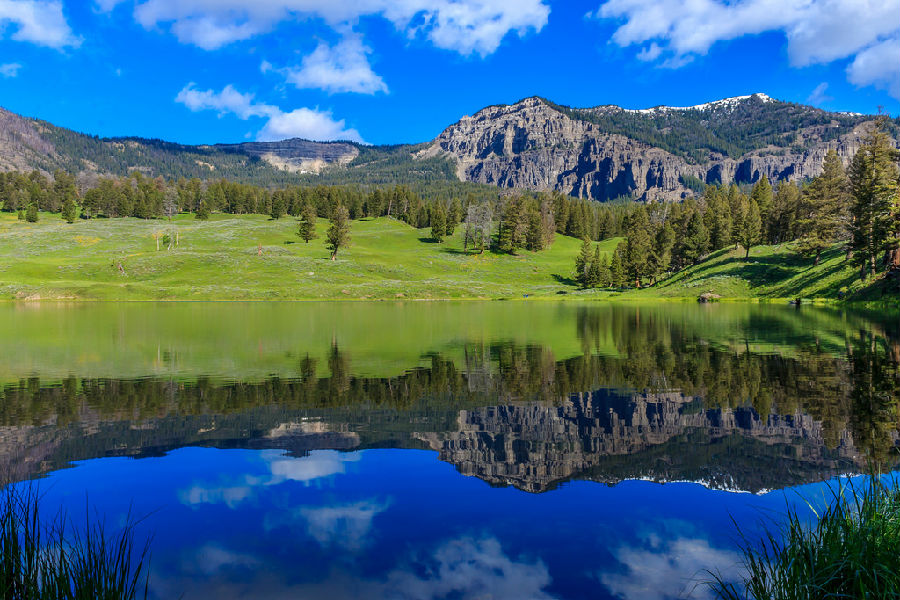(单词翻译:单击)
In 1965, a husband-and-wife team of biologists named Thomas and Louise Brock, while on a summer study trip, had done a crazy thing. They had scooped up some of the yellowy-brown scum that rimmed the pool and examined it for life. To their, and eventually the wider world's, deep surprise, it was full of living microbes. They had found the world's first extremophiles—organisms that could live in water that had previously been assumed to be much too hot or acid or choked with sulfur to bear life. Emerald Pool, remarkably, was all these things, yet at least two types of living things, Sulpholobus acidocaldarius and Thermophilus aquaticus as they became known, found it congenial. It had always been supposed that nothing could survive above temperatures of 50 degrees centigrade (122 degrees Fahrenheit), but here were organisms basking in rank, acidic waters nearly twice that hot.
1965年,一个夫妻生物学家小组——丈夫叫做托马斯·布罗克,妻子叫做路易丝·布罗克——在一次夏季考察过程中干了一件不可思议的事。他们在池边舀起一点儿褐黄色的浮渣,带回去研究了一辈子。令他们——最后令世界上更多的人——深感吃惊的是,里面充满了有生命的微生物。他们发现了世界上第一批极端微生物——即能在以前被认为是温度太高,或酸性太强,或含硫太多,因而无法产生生命的水里生存的微生物。不可思议的是,翡翠池里这些不利条件全都具备,但至少有两种微生物觉得这里很舒适。它们后来被称之为嗜酸热硫化叶菌和嗜热水生叶菌。以前总是以为,没有任何东西能在50摄氏度以上的温度里存活,但这些微生物却在腥臭、酸性、温度差不多翻一番的水里过得很自在。
For almost twenty years, one of the Brocks' two new bacteria, Thermophilus aquaticus, remained a laboratory curiosity until a scientist in California named Kary B. Mullis realized that heat-resistant enzymes within it could be used to create a bit of chemical wizardry known as a polymerase chain reaction, which allows scientists to generate lots of DNA from very small amounts—as little as a single molecule in ideal conditions.
在差不多20年的时间里,布罗克夫妇发现的两种新的微生物之一嗜热水生叶菌,一直是实验室里的一件珍品——直到加利福尼亚一位名叫卡里·B·穆利斯的科学家发现,里面耐热的酶可以用来玩一种化学魔术,名叫聚合酶链式反应。科学家们可以用极少量的——在理想的条件下可以少到一个分子——DNA来产生大量的DNA。


